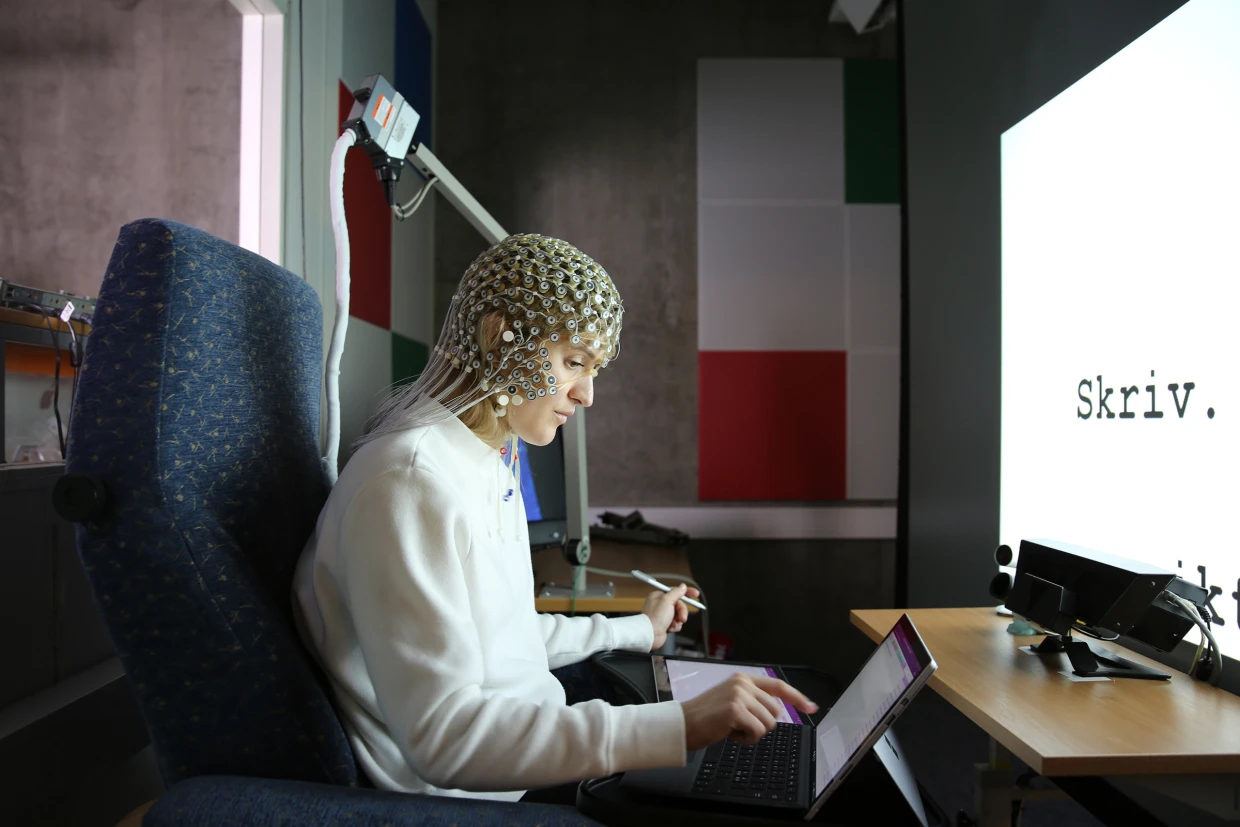In a world increasingly dominated by digital devices, pen and paper might seem like relics of a bygone era. However, recent research suggests that handwriting may offer more than just a nostalgic throwback. A study published in the journal Frontiers in Psychology indicates that writing by hand may activate more brain regions and connections compared to typing.
Insights from Neuroscience: How Handwriting Activates Brain Regions
After analyzing brain activity in 36 university students, scientists from the Norwegian University of Science and Technology concluded that handwriting could potentially enhance both learning and memory. At the experiment’s outset, students were instructed to either write words in cursive with a digital pen on a touchscreen or type the same words using a keyboard.
Throughout this task, a cap with 256 electrodes was placed on their heads, measuring their brain waves. The electrodes were attached to the scalp. They recorded the electrical signals of the students’ brains. This process mapped the areas of activity and communication between different parts of the brain.
Handwriting’s Potential Impact on Memory Formation
When students wrote by hand, there was increased connectivity across various brain regions. These regions include those linked to visual processing, motor control, and memory. In contrast, typing engaged fewer brain areas, suggesting less complex cognitive involvement.
The benefits of handwriting encompass stronger memory formation, deeper learning through richer information processing, and potentially improved cognitive development. This is especially significant for children and young adults as it stimulates crucial areas related to language and literacy skills.







